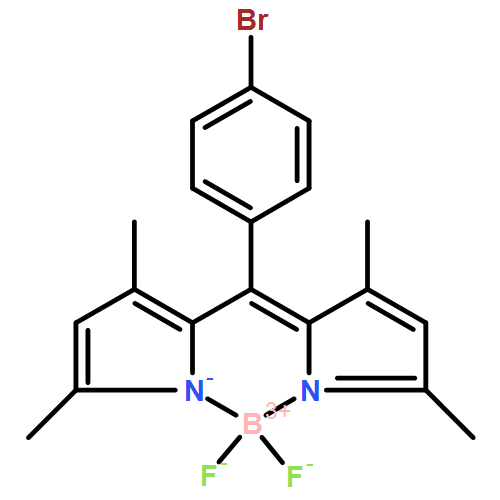C60–bodipy triads and tetrads based on the energy-funneling effect that show broadband absorption in the visible region have been prepared as novel triplet photosensitizers. The new photosensitizers contain two or three different light-harvesting antennae associated with different absorption wavelengths, resulting in a broad absorption band (450–650 nm). The panchromatic excitation energy harvested by the bodipy moieties is funneled into a spin converter (C60), thus ensuring intersystem crossing and population of the triplet state. Nanosecond time-resolved transient absorption and spin density analysis indicated that the T1 state is localized on either C60 or the antennae, depending on the T1 energy levels of the two entities. The antenna-localized T1 state shows a longer lifetime (τT=132.9 μs) than the C60-localized T1 state (ca. 27.4 μs). We found that the C60 triads and tetrads can be used as dual functional photocatalysts, that is, singlet oxygen (1O2) and superoxide radical anion (O2.−) photosensitizers. In the photooxidation of naphthol to juglone, the 1O2 photosensitizing ability of the C60 triad is a factor of 8.9 greater than the conventional triplet photosensitizers tetraphenylporphyrin and methylene blue. The C60 dyads and triads were also used as photocatalysts for O2.−-mediated aerobic oxidation of aromatic boronic acids to produce phenols. The reaction times were greatly reduced compared with when [Ru(bpy)3Cl2] was used as photocatalyst. Our study of triplet photosensitizers has shown that broadband absorption in the visible spectral region and long-lived triplet excited states can be useful for the design of new heavy-atom-free organic triplet photosensitizers and for the application of these triplet photosensitizers in photo-organocatalysis.


